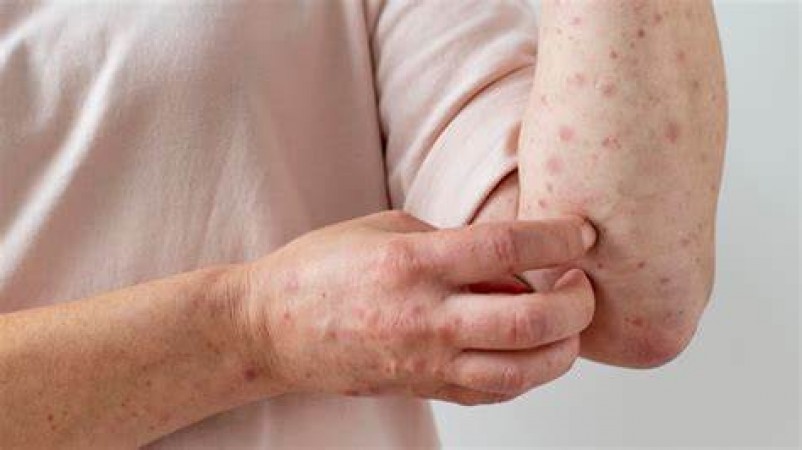
In recent times, a new variant of chickenpox, referred to as Clade 9, has emerged in India. Understanding the symptoms and preventive measures associated with this variant is crucial to mitigate its spread and protect public health.
Clade 9 is a specific variant of the chickenpox virus that has shown unique characteristics in its genetic makeup. Variants like Clade 9 may exhibit altered symptoms or increased transmissibility, emphasizing the importance of thorough understanding and surveillance.
People infected with Clade 9 may experience symptoms akin to traditional chickenpox, including:
A hallmark symptom of chickenpox, the rash appears as red spots that evolve into fluid-filled blisters, causing itching and discomfort.
A common initial symptom, fever usually precedes the appearance of the rash and may range from mild to high temperatures.
Patients often feel tired and lack energy, experiencing an overall sense of discomfort and unwellness.
Headaches and muscle pains can accompany other symptoms, contributing to the discomfort experienced during the illness.
Some individuals with Clade 9 may develop a sore throat and a mild cough, which are usually not severe.
A diminished desire to eat is common during the course of the illness, and maintaining hydration is important.
Preventing the spread of Clade 9 is vital to reduce its impact on the community. Here are effective prevention measures:
Getting vaccinated against chickenpox significantly reduces the risk of infection, severity of symptoms, and transmission of the virus.
Regular handwashing with soap and water, especially after coughing or sneezing, can help prevent the spread of the virus.
Minimize close contact with infected individuals, especially those displaying symptoms, to reduce the risk of contracting the virus.
Prompt isolation and quarantining of infected individuals can help contain the spread of Clade 9 and protect others from exposure.
Dispose of tissues, masks, and any other personal items used by an infected person in a safe and hygienic manner.
Frequently clean and disinfect commonly touched surfaces and objects to reduce the risk of viral transmission.
Maintain a healthy lifestyle with a well-balanced diet, regular exercise, adequate sleep, and stress management to bolster your immune system.
Adhere to guidelines and recommendations provided by local health authorities to stay informed about the latest updates and preventive measures.
Understanding the symptoms and preventive strategies associated with Clade 9, a new variant of chickenpox, is crucial in the ongoing battle against infectious diseases. Practicing good hygiene, getting vaccinated, and following recommended guidelines are essential steps in controlling the spread of this variant and safeguarding public health.
Aloe Vera: Nature's Healing Plant
How to Sleep Soundly Without Snoring: Effective Strategies for Better Rest
The Sizzle and Flip Side of Cheeseburgers: Health Advantages and Disadvantages